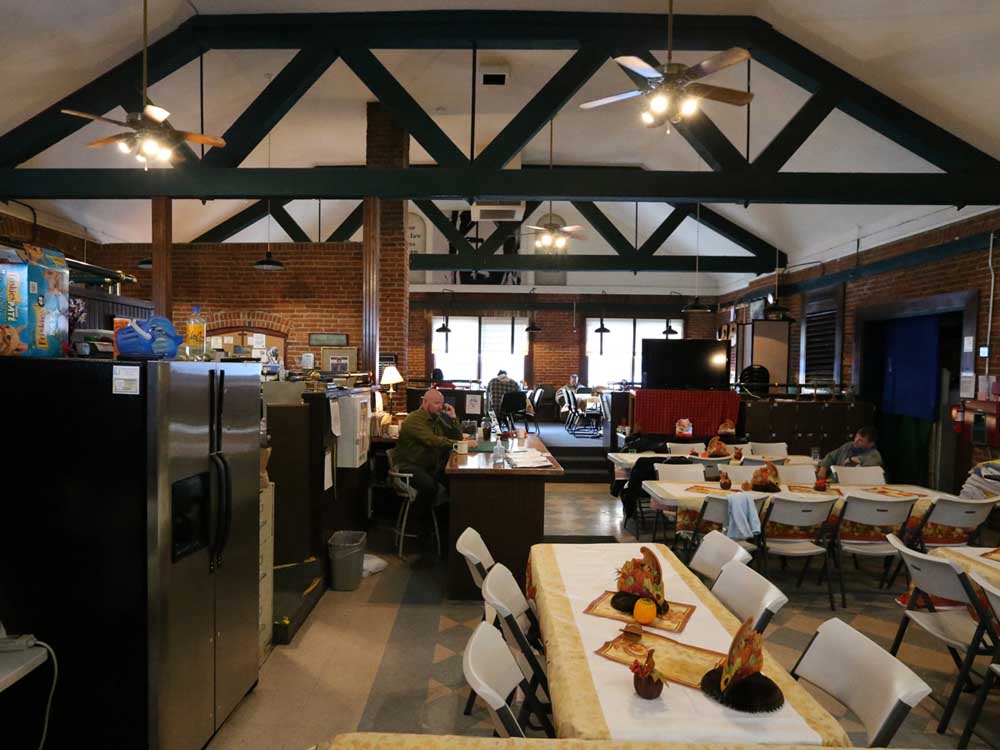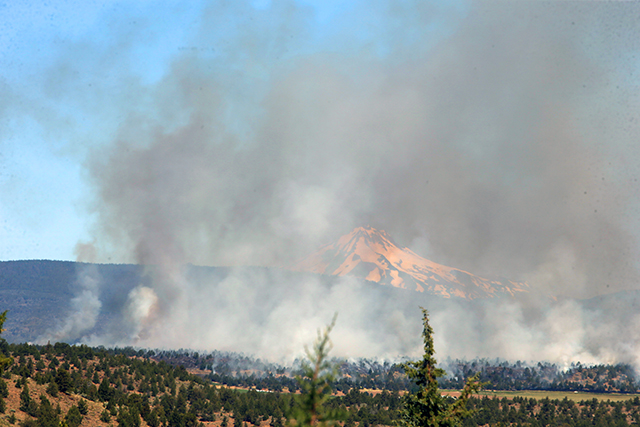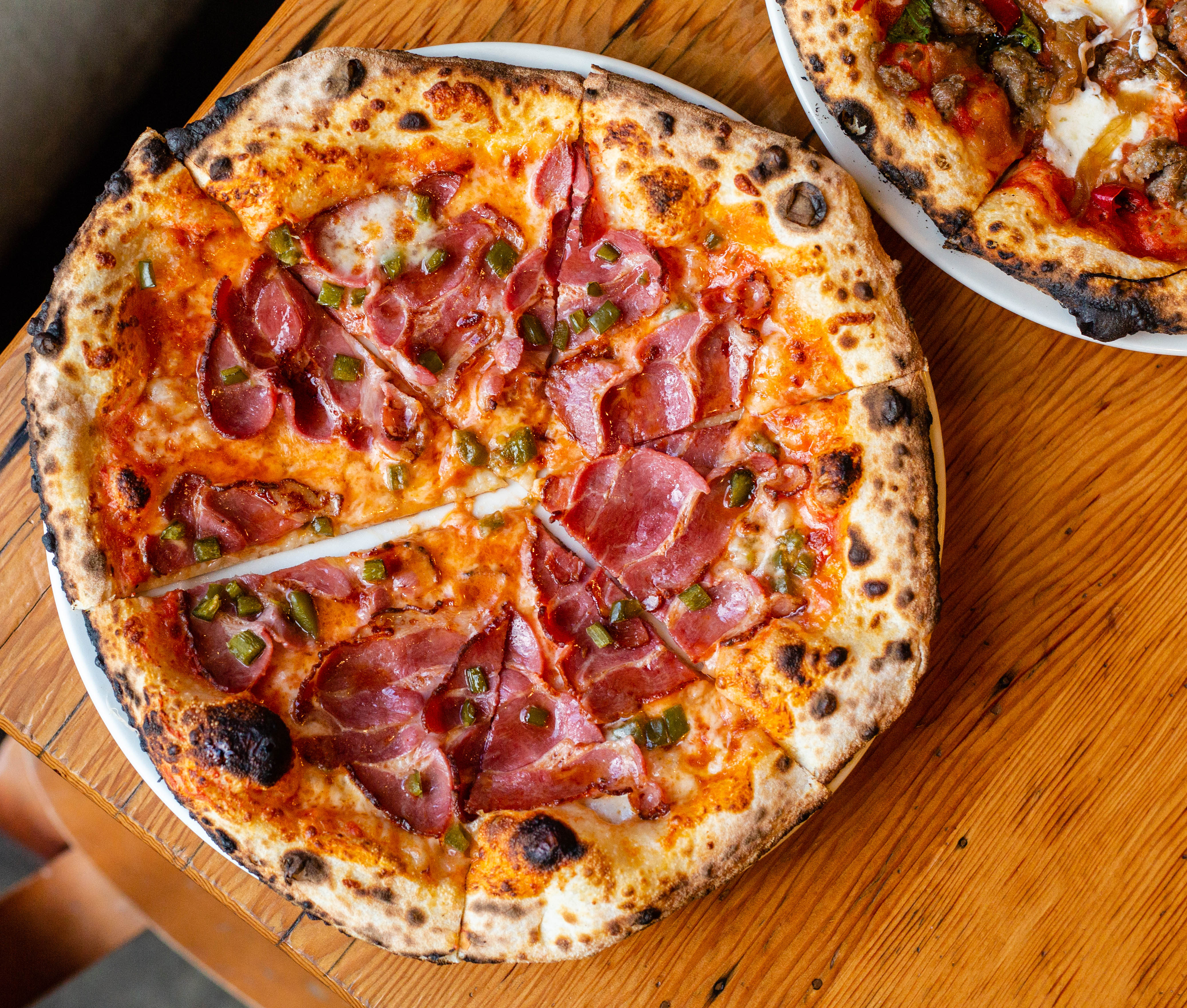Homeless shelter building has storied history
Published 12:00 am Sunday, November 29, 2015

- Andy Tullis / Bulletin file photoShepherd’s House in Bend, pictured in November 2015. The building became a homeles shelter in 2007.
The many incarnations of the building that now houses the Shepherd’s House on NE Division Street in Bend are not lost on Bart Elliott, who remembers it as one of the city’s most popular taverns in the 1970s and ’80s.
“I used to come here and drink in the ’70s,” said Elliott, house manager at the homeless shelter. “Now, I’m back here 40 years later doing just the opposite.”
Located a short distance north of Revere Avenue, the Shepherd’s House was built in 1918, according to county records. In 1923 it became the home of Bend Woolen Mills, a venture intended to take advantage of the vast quantities of wool being produced near Shaniko. Archival photos kept by the Des Chutes Historical Museum show a sign painted on the south side of the brick and stone building indicating the mill was producing underwear, sweaters, hosiery. But by 1926, the mill had closed.
Today, on the back side of the building fronting the railroad tracks, the faded remnants of the mill’s nearly 100-year-old sign remain visible.
Bulletin archives make passing mention of the varied second acts that followed the closure of the textile mill.
In 1940, the building was expanded to serve drive-in grocery shoppers at Scotty’s Food Market and Feed Store. The grocery store was a change in course for the business, which had begun a few years earlier raising chickens and eggs in the building.
The building has also been used as a location for a handful of movies shot in and around Bend.
Shelter employee Matt Searfus said a dance scene in the 1969 Western “Paint Your Wagon,” starring Clint Eastwood and Lee Marvin, was shot there. The building also made appearances in two early 1980s movies, “Up the Creek,” a comedy featuring a gang of misfits forced by their college dean to represent their school in a raft race, and “St. Helens,” a dramatic recounting of the 1980 eruption starring Art Carney as Harry Truman, the irascible owner of the Mt. St. Helens Lodge. Mt. Bachelor stood in as the titular volcano.
Descriptions of the building after Scotty’s Food Market and Feed Store are hard to locate — the last ad run by Scotty’s appeared in 1954. Later accounts indicate the building was a pencil factory for a time.
In 1972, the new owners of the building dropped the “s” in mills and reopened it as a drinking and dining establishment, the Bend Woolen Mill. A Bulletin story at the time said the building had been vacant for the previous nine years, and described the bright orange carpet and tables crafted from cable spools.
The Bend Woolen Mill regularly hosted live music, the occasional arm wrestling or foosball tournament, and in 1977 broke from tradition to open on a Sunday so locals could watch the Portland Trail Blazers win the NBA title. In 1980, the tavern installed a mechanical bull inspired, the manager at the time said, by the John Travolta movie “Urban Cowboy.”
Following a change in ownership, The Bend Woolen Mill was out of business by 1984. A Bulletin story that year addressed rumors that followers of the Bhagwan Shree Rajneesh were considering buying the building, and the following year, another story indicated U.S. Bank was considering using the building for paper processing, though it’s unclear if the bank ever moved in.
In 1987, the owners of Papandrea’s Pizzeria in Sisters opened a Bend location in the building. After Papandrea’s closed in 1996, a second restaurant under the Bend Woolen Mill name lasted from 1997 to 1999.
In 2007, The Shepherd’s House moved in, first as a day shelter providing meals and services to the local homeless population, and later as a full-service shelter where those in need could find a place to sleep.
Touring the building Friday, Elliott showed off some of the building’s harder-to-find curiosities.
In the basement, the addition built in 1940 shows scars of a fire, with the charred joists visible above the walk-in cooler today used by the shelter.
Rusty iron weights hang from ropes on the original sash windows long ago sealed off and covered with brick. Elliott said the building has served the Shepherd’s House well, though it’s likely the shelter will be long gone before the building is. A 1972 story marking the opening of the original Bend Woolen Mill pub said the roof was “strong enough that you could park cars on it,” while Elliott said the shelter, which provides housing to 28 men, is studying its options for moving to a larger location.
— Reporter: 541-383-0387, shammers@bendbulletin.com






